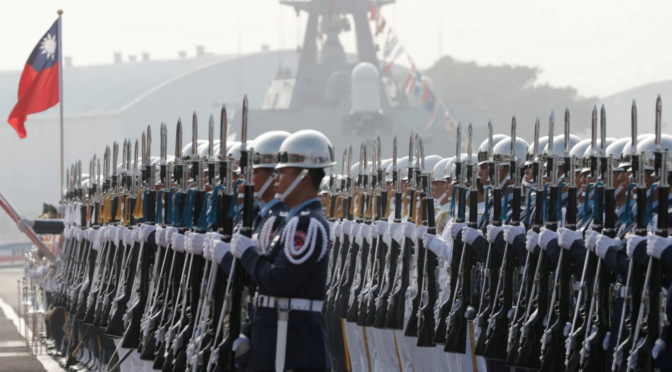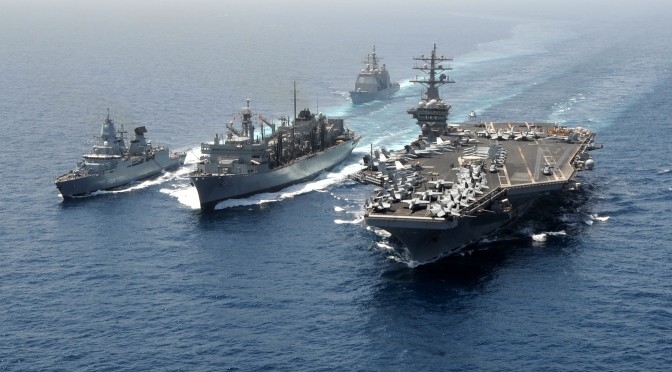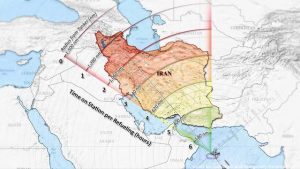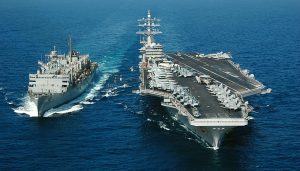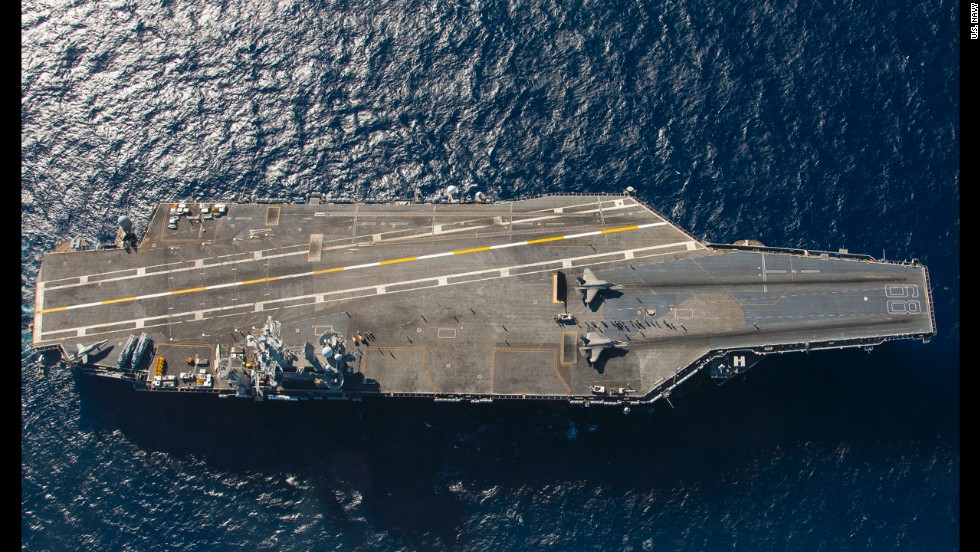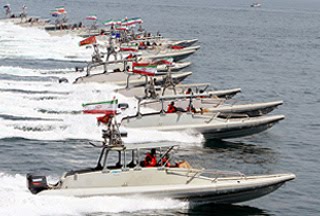By Collin Fox
Precision munitions have been sinking warships for the better part of a century, but never before have they been so capable, so widely proliferated, or benefited so much from omniscient surveillance and precise targeting. These convergent factors have propelled modern sea combat in a violently stagnant direction that strongly favors the defensive. A transit through contested waters in the Western Pacific would draw effective fire like a casual stroll through no-man’s land on the Western Front, circa 1916. Now, as then, tactical forces must stay invisible or out of range to stay alive and combat effective, lurking to deploy their own withering fires against emergent targets.
After years of bemoaning the impact of anti-access/area denial (A2/AD) on its own power projection paradigm, the United States military is belatedly adapting the same methods with its own forces, while overlooking the geopolitically unique contributions that certain allies and partners can bring to the fight. The factors that have made sea denial easier, sea control harder, and contested power projection a real challenge apply to virtually all potential belligerents – including China and Taiwan. The United States should not simply rely on its own conventional military forces to deter Chinese aggression in the Pacific, but should also start major military foreign assistance to Taiwan and so transform the island into a prickly fortress of sea denial.
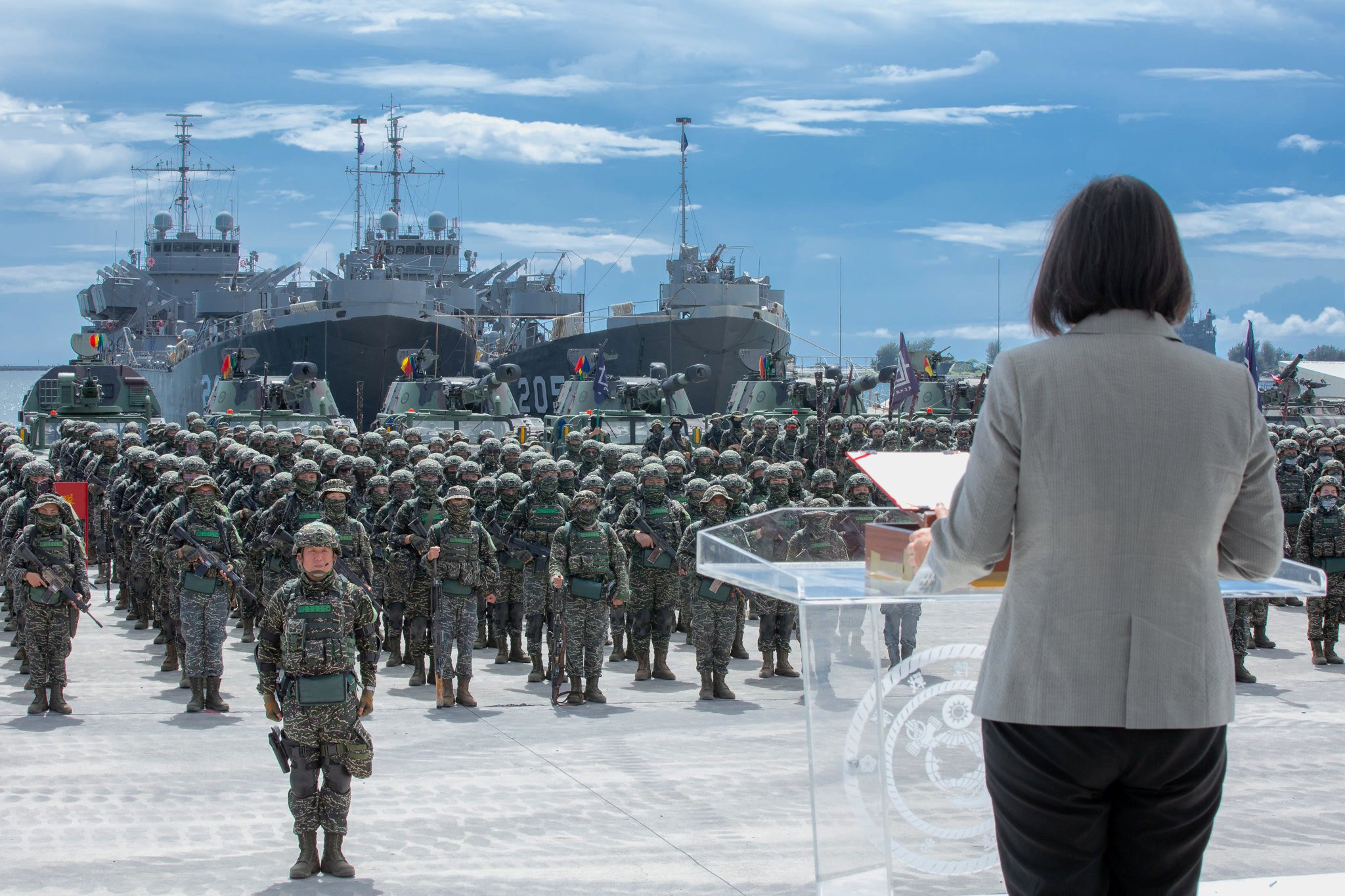
Omnipresent Weapons, Omniscient Surveillance
A degrading security environment and the convergence of accessible technologies have democratized precision strike. The notable trends seen during 2020’s Nagorno-Karabakh conflict also apply at sea; even lesser powers like Australia, Iran, Pakistan, Serbia, Taiwan, and Turkey are now producing their own anti-ship missiles. The great powers are going a step further, with China deploying “carrier killer” ballistic missiles and the United States converting land attack cruise missiles, ballistic missiles, and air defense weapons into long-range ship-killers.
The improvements in the intelligence, surveillance, reconnaissance, and targeting cycle are even more impactful than these growing arsenals. Satellite constellations produce optical, infrared, and radar-generated imagery of every non-polar square meter on the planet several times per day. When combined with other sources and then distilled through increasingly capable artificial intelligence algorithms, this data can pinpoint most naval surface forces. The title of a recent USNI article encapsulated the change: “From Battleship to Chess.” Hiding is ever-harder, finding is ever-easier.
The reality of tactical omniscience applies to all major surface vessels, and catalyzes long-range precision weapons to create a massive maritime no-man’s land. To be seen is to be targeted, and, more than likely, killed.
Keeping Below the Trenchline
Prevailing in this future battle hinges on keeping forces alive, supplied, connected, and tactically relevant within a thousand-mile no-man’s land. Each service’s operational concept tackles this challenge through the same basic approach of survival through networked dispersion.
Both the Marine Corps’ Expeditionary Advance Base Operations and the Army’s Multi-Domain Transformation concepts would disperse missile-equipped forces on islands around China, creating unsinkable and hard-to-find fire bases that could persistently hold Chinese forces at risk. The Air Force’s Agile Combat Employment concept would likewise bounce platforms between airfields, “diluting the amount of firepower that [enemies] can put down on any one of those targets.” The Navy’s Distributed Maritime Operations concept would leverage the inherent mobility and firepower of naval vessels to similarly frustrate enemy targeting.
Each service’s distributed concept would still incur significant risk—stationing offensive fires on foreign soil demands dangerously uncertain political assent from each host nation, while the Air Force would be hard-pressed to maintain enough persistent and timely fires within a distant and contested environment. The Navy’s existing surface platforms might bring the assured access, persistence, and mass that the other services lack, but would nevertheless remain more exposed to enemy targeting and fires. Aside from service-specific risks, each of these disaggregated concepts rests on the dangerously flawed assumption of assured communications. In sum, victory is hardly assured and defeat is possible.
The net uncertainty of American overmatch erodes conventional deterrence against China, which increases the risk of miscalculation, escalation, and conflict. The United States should zoom out to reframe the strategic problem, rather just fixating on tactical and operational solutions.
Building a Better Porcupine, or Subsidized Buck-Passing
The conventional problem framing for defending Taiwan casts the deterrent value of American forces as the essential guarantor of regional stability. As the balance of power continues to shift, this binary framing—either China can be deterred by American power, or it can’t— has produced strongly divergent policy proposals. Richard Haass and David Sacks argued that an unambiguous security guarantee for Taiwan would restore deterrence and so keep the peace; Charles Glaser advocated “letting go of Taiwan” to mitigate the decreasingly justifiable risk of a major war with China. Like other proposals, both frame the problem too tightly – through the basic paradigm of American military power.
The Lowy Institute’s insightful study takes a more nuanced and Australian perspective on the problem. It skips the false choice between doubling down and retrenchment, advocating instead that the “United States should act as armourer, but not guarantor.” The logic is sound:
“If Taiwan acquires, over roughly the next five years, large numbers of additional anti-ship missiles, more extensive ground-based air defence capabilities, smart mines, better trained and more effective reserve forces, a significantly bolstered capacity for offensive cyber warfare, a large suite of unmanned intelligence, surveillance, and reconnaissance (ISR) and strike systems, and counterstrike capabilities able to hit coastal targets on the mainland, it will continually increase the price China will have to pay to win a war.”
With help, Taiwan could deny China the sea and air control it requires to take the island, while also imposing significant costs on the mainland. Thousands of anti-ship missiles and sea mines would reinforce the stopping power of water, while dispersed air defense systems would help deter or attrite Chinese airpower. The United States should help Taiwan become a better porcupine by subsidizing and directing a new arsenal of democracy.

This approach recalls the effective grand strategy that first Britain and then the United States executed as offshore balancers through the 19th and 20th centuries. Offshore balancing is not mere isolationism, retrenchment, or simple buck-passing. When a rising power threatens the regional balance, along with the offshore balancer’s interests, a savvy offshore balancer first puts money and arms on the scale to restore balance through allies, partners, and proxies. For insular great powers like the United States, this initial option of external balancing, or subsidized buck passing, represents a far better option than joining every war on the Eurasian Rimlands. Whenever this subsidized buck passing proves insufficient, though, the offshore balancer has the option, though not the obligation, to enter the conflict with military force against a weakened enemy and so restore the balance of power.
The key to both external balancing and buck-passing against a competitor is that the ally needs to stay in the fight, at least for a while. Britain’s buck-passing to France in the late 1930s did little to help Britain after France’s rapid and calamitous defeat. Offshore balancers should subsidize and strengthen their allies and partners so they can deter, defeat, or at least bleed their mutual foes, buying time and buying down the risk of rapid defeat.
Simply “letting go of Taiwan” would be an unforced error for the United States; any grand bargain that China might offer to encourage appeasement over Taiwan would have no more credibility or durability than the breached Sino-British Joint Declaration concerning Hong Kong. Letting go of Taiwan would unilaterally cede strategic terrain and advantage to China, allowing it to sidestep the potentially ruinous and deterrent costs that a subsidized defense would impose.
Gifts Come with Strings
Taiwan has not received significant military foreign assistance since the United States shifted recognition to Beijing in 1979, and so has a long history of buying American military hardware with its own funds. This cash-and-carry arrangement has allowed it to choose prestige platforms like M-1 tanks and F-16 fighters that better support anachronistic fantasies of retaking the mainland than a realistic defense of the island.
On the other hand, security assistance and security cooperation funds come with focused caveats that seek to build specific capabilities of mutual importance. These funds include Foreign Military Finance (FMF) and International Military Education and Training (IMET) grants under Department of State authorities, and Building Partner Capacity and other authorities under the Department of Defense.
Congress could include Taiwan in one or more of these appropriations while creating structured incentives aimed at both Taiwanese and Chinese policy choices. For Taiwan, FMF appropriations above a certain base level could be contingent on Taiwan’s defense reforms and funding levels, or come in the form of matching funds for specific capabilities, such as those ideal for sea denial. Provocative Chinese actions, such as air and sea incursions over the past year, could also trigger additional FMF funding. If each Chinese incursion essentially bought another anti-ship missile for Taiwan, Beijing might not be so casual about the practice.

For context, the United States subsidizes Israel’s defense with $3.3 billion per year, which is a bit less than the annual operating costs for two Armored Brigade Combat Teams. Funding Taiwan’s security to a similar or greater level would create a fearsome A2/AD challenge for China, while also reducing plausible American costs and risks for a Taiwan contingency scenario. It would certainly provide better warfighting value than two armored brigades in a maritime theater. This level of assistance would buy greater access, influence, and amicable leverage to pursue American strategic interests in both defense and non-defense areas, such as chip supply chains.
China would certainly protest this security funding, just as it protests existing weapons sales, but these specific investments would constrain China’s escalation options. Arming Taiwan to the teeth with A2/AD weaponry could effectively and quickly deter China through denial without the escalation and entrapment risks that would come with aggressive proposals to base American forces in Taiwan.
The Limits of Power Projection
Notable critics have argued that Taiwan is simply indefensible, asserting that a “Chinese attack would be shock and awe with Chinese characteristics, ballistic missiles, cruise missiles, rocket artillery, drones, and probably thousands of aircraft. There would be decapitation, disruption of Taiwan’s air force and navy in their bases, targeting of U.S. bases in Guam and Okinawa.” To be sure, China could batter Taiwan from across the 100-mile strait, but would this “shock and awe with Chinese characteristics” compel Taiwan’s rapid capitulation or even prepare the battlespace for a successful amphibious assault?
Every comparison is fraught, but China would be hard-pressed to match the intensity of fires that American forces once directed at Okinawa – an island 1/30th the size of Taiwan and 400 miles distant, but sharing its mountainous geology. Despite a full week of hellish pre-invasion bombardment from battleships and attack aircraft, the island’s entrenched Japanese defenders not only survived this “the typhoon of steel and bombs,” but then emerged to fight another three months in the longest and bloodiest battle of the Pacific theater. “Shock and awe” only goes so far – particularly when it can be reciprocated.
Technological progress since the Battle of Okinawa has also not alleviated the fundamental difficulty of taking well-defended terrain or targeting elusive defenders. Indeed, the American military’s frustration in hunting for SCUD missiles in the Iraqi desert, for military vehicles in Kosovo, and for Taliban fighters in Afghan caves simply reflects the limits of airpower – even with functional or complete air supremacy. These limits also apply to China, which would have no less difficulty in finding, fixing, discriminating, tracking, targeting, and neutralizing the thousands of mobile anti-ship, anti-air, and strike missile launchers hiding amongst many more decoys, and all scattered through the jungles, mountains, caves, and cities of Taiwan.
Buying Time, Buying Options
Heavily reinforcing Taiwan through focused security subsidies while maintaining a policy of strategic ambiguity would maintain conventional deterrence through denial against China. This approach would also greatly reduce the risk of a fait accompli, thereby giving American political leadership time to discover the best outcome for its strategic ambiguity: to rally support at home and abroad, to pressure China through a variety of means, and to enter combat at a time, place, and manner of its own choosing – or even to forego the conflict entirely.
These investments to harden Taiwan would buy time on the order of months and so enable slower, de-escalatory strategies like offshore control while also preserving more aggressive options. On the other hand, Taiwan might only be able to hold out for weeks under a plausible status quo scenario. In such a case, the United States would either risk major escalation by immediately executing a rapid but confrontational approach like JAM-GC, or watch Taiwan collapse from the sidelines.
The United States can make wise investments to pursue its own strategic interests, frustrate Chinese hegemony, and save a threatened democracy in the process. Taiwan needs focused U.S. support to substantially grow its sea denial capabilities quickly. Congress should update legislation and appropriate funds to that end.
Commander (select) Collin Fox, U.S. Navy, is a Foreign Area Officer serving as a military advisor with the Department of State. He is a graduate of the Naval Postgraduate School and the Chilean Naval War College. The views presented are his alone and do not necessarily represent the views of Department of Defense, the Department of State, or the Department of the Navy.
Featured Image: Taiwanese sailors at Kaohsiung’s Zuoying naval base in 2018. (Photo via Tyrone Siu/Reuters)

